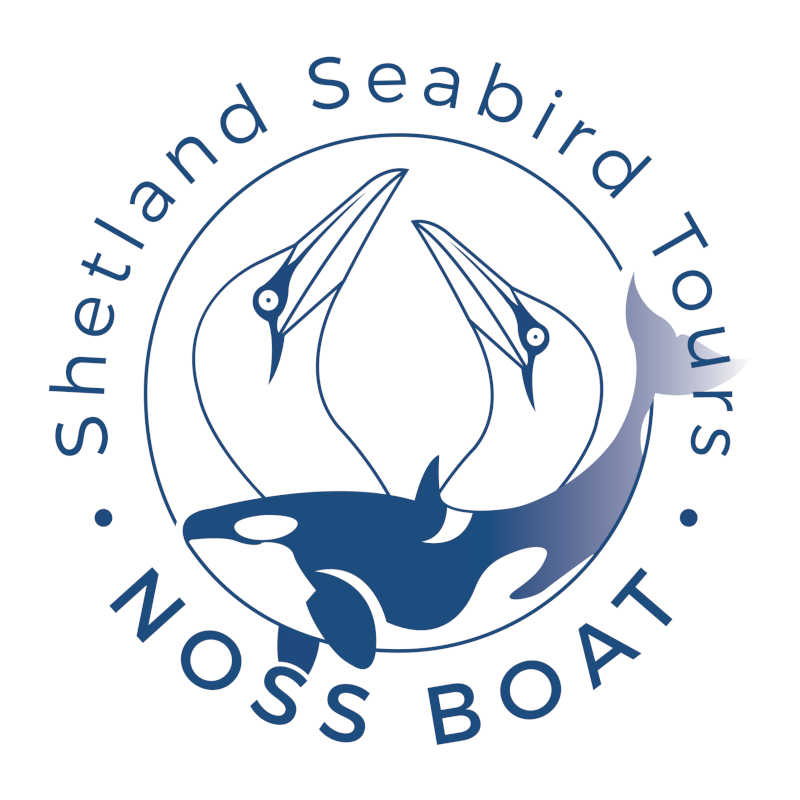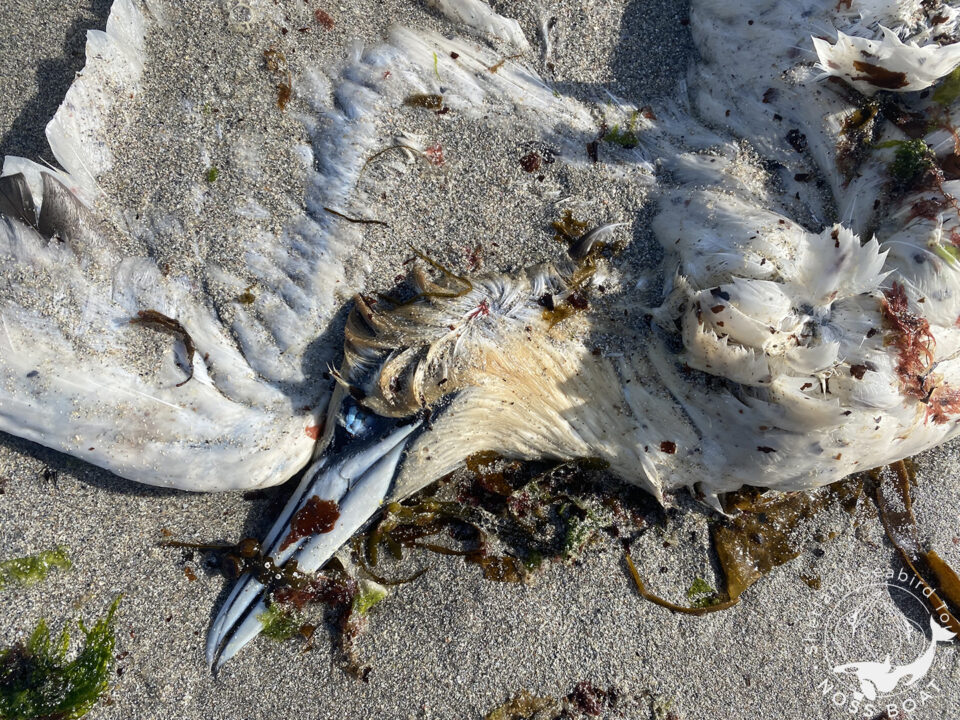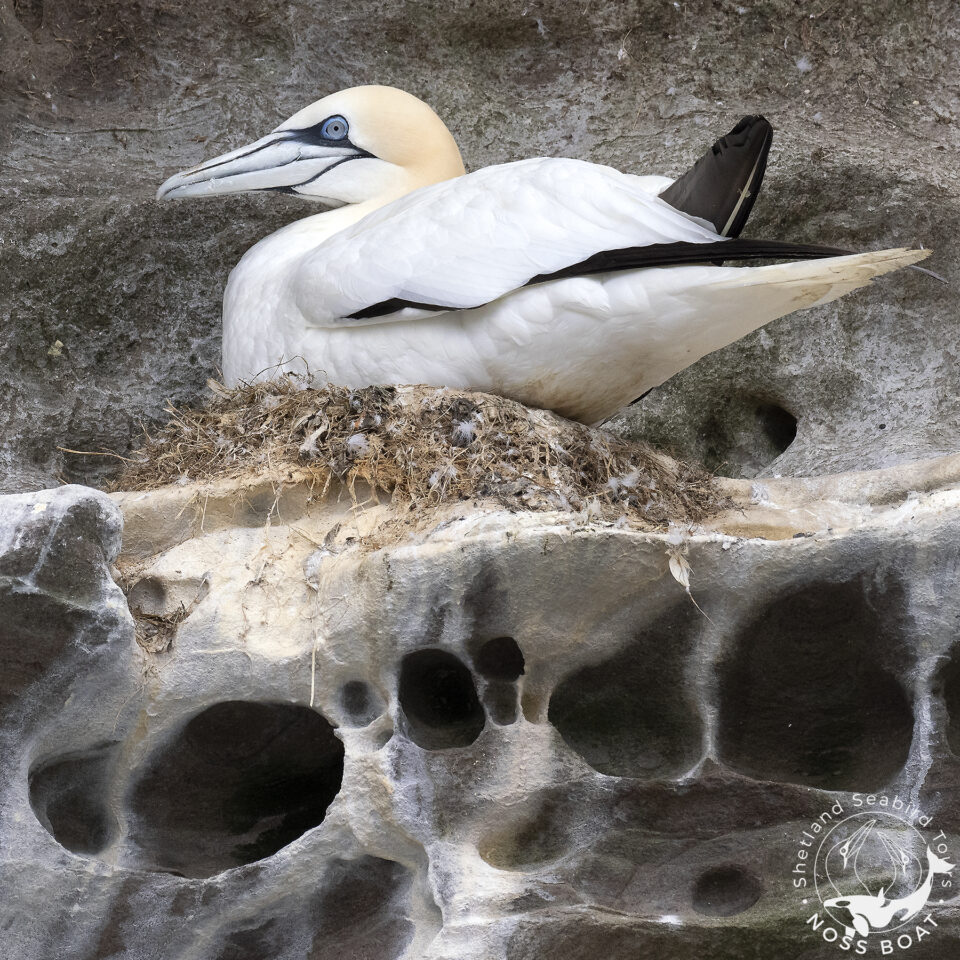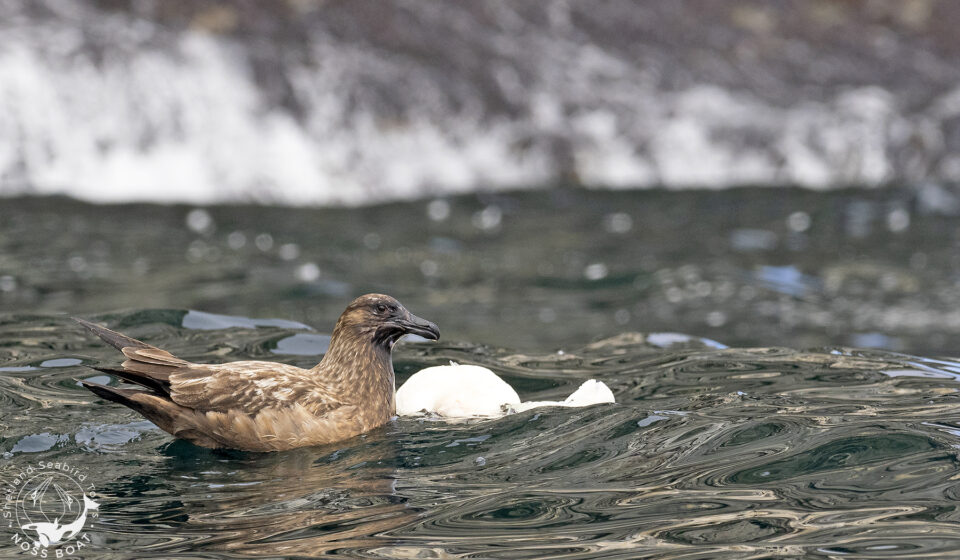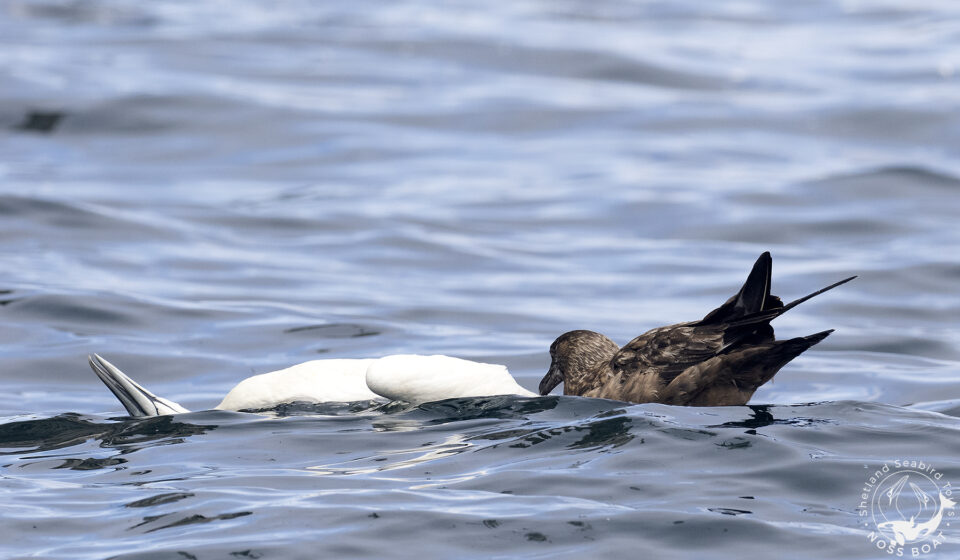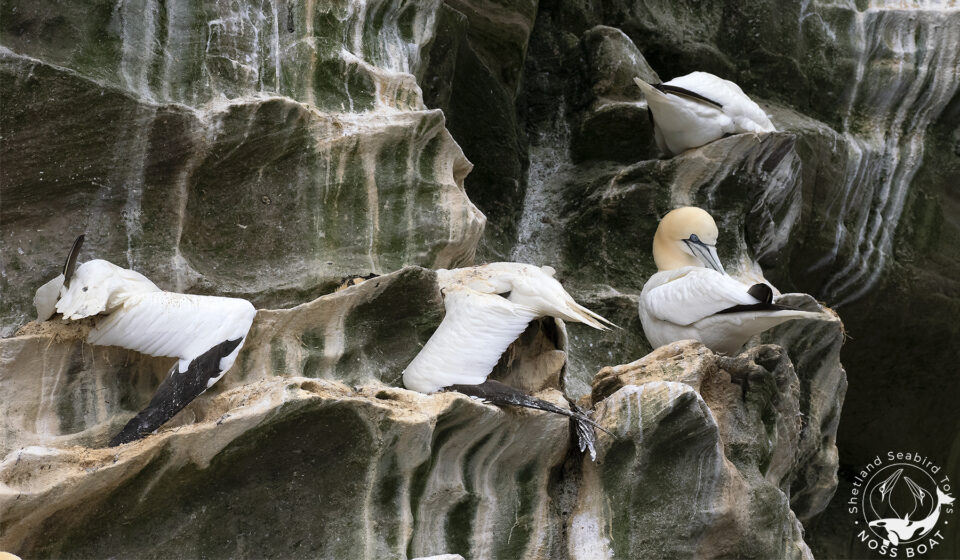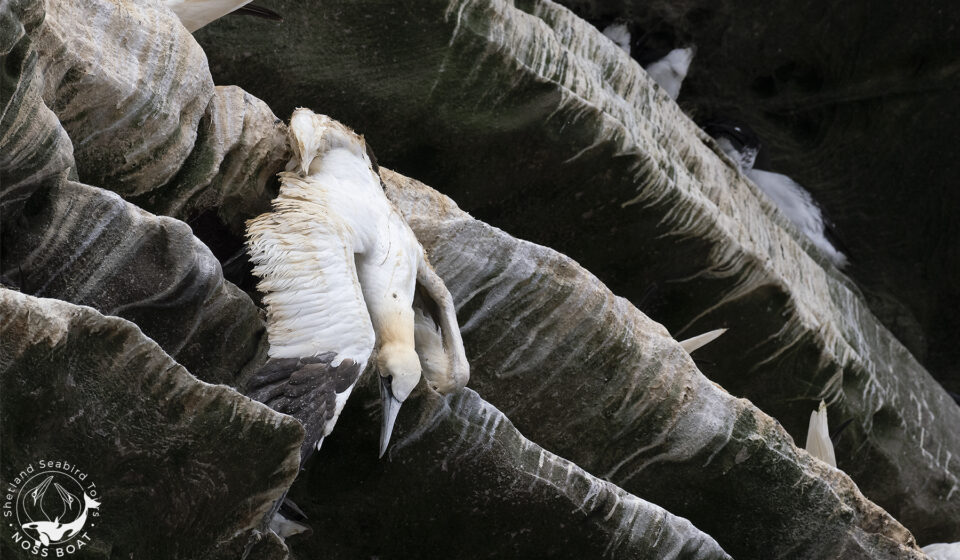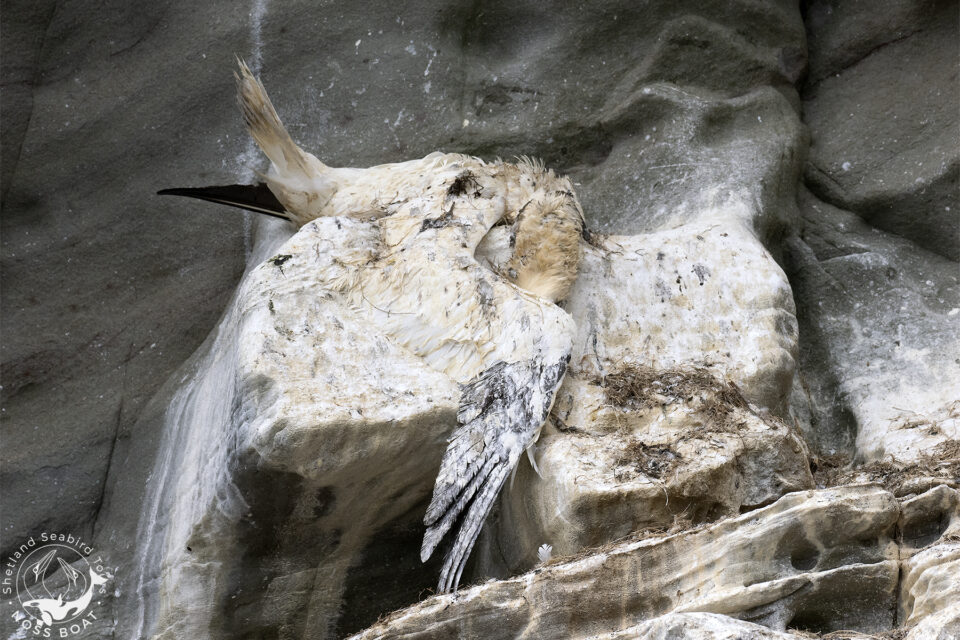We continue to be genuinely concerned for the welfare of our seabirds here on Shetland and in many other parts of Britain, Europe, the world, in the face of the fast spreading, avian flu and the horrifically significant bird mortality rates associated with it. This is one of the most disastrous, real threats to our seabirds we have ever experienced and are ever likely to see in our lifetime. There is no easy solution to actually help the seabirds who have it, leaving many feeling utterly helpless, with no obvious answer to stopping the current trend and spread. We can only hope that the spread of the disease will plateau and the rates of infection will decrease over the breeding season, but these are factors we have no real control over. The only real solution is to hit the original source of this epidemic, a man-made disease as a result of several unacceptable factors/practices within the poultry industry. Without significant change at source, these diseases will continue to develop and leak into our already fragile, sensitive wild bird populations and spread like wildfire. This should be a significant wake up call …..
We have noticed a slight dip in adult mortality both on the cliffs of Noss and in the waters around Noss over the last few weeks. We hope that this will continue. The same cannot be said for other internationally important seabird populations, both on Hermaness, the Isle of May, Bass Rock among them. We wonder if the style of nesting which is structurally vertical and more spaced out on Noss compared to flatter, horizontal and more compact nesting colonies in some other locations may play a factor in this.
We are often being asked if our business is being affected. No it isn’t, the boat is as busy as ever, more so perhaps with the recent closure of Noss NNR by land. We continue to offer one of the most spectacular seabird wildlife spectacles in Europe and showcase what incredible marine life we have here on the islands safely by boat. Luckily so far, the mortality levels in the massive 25,000 northern gannet population at Noss still remains relatively low. We are certainly seeing less bonxies (Great Skua) than usual, though they do not breed on the cliffs so we are not witnessing the large scale destruction of this globally important seabird during our boat tours. The Great Skua population has been hit really very hard, and is very obvious on sites such as Hermaness and Fair Isle. Seabirds bring sheer joy to us and our thousands of passengers each year, we must call for urgent action and put our wild bird populations at the top of the organisations/authorities agendas.
Please note that both NOSS NNR BY LAND ONLY & THE ISLE OF MAY Reserves have now been closed to the public.
See Isle of May post here:

NatureScot’s Isle of May and Noss National Nature Reserves (NNRs) will be closed to public landings from 1 July to help protect vulnerable seabird populations from avian influenza.
Scotland’s nature agency will also be advising visitors not to take direct access onto seabird colonies on other National Nature Reserves such as Hermaness.
The measure is the latest in response to growing concern over the spread and impact of the current H5N1 strain of avian flu, particularly in seabird colonies.
The virus is widespread across Scotland, with positive cases recorded in Shetland, Orkney, St Kilda, Lewis and St Abbs. Large numbers of dead and sick seabirds have also been reported from Aberdeenshire, East Lothian and the west coast of Sutherland.
Great skua and gannets have been hardest hit. Sample surveys of colonies show a 64% decline of great skua on St Kilda and 85% at Rousay in Orkney. Great black-backed gull, Arctic tern, common guillemot and puffin have also tested positive.
The decision to restrict access to NatureScot’s two island NNRs, which in summer are home to hundreds of thousands of breeding seabirds, has been taken to limit the spread of the virus through bird populations and give colonies the best possible chance of survival and recovery by reducing any additional stress. While avian flu has been confirmed in gannets at Noss, there have been no confirmed cases on the Isle of May yet.
At other coastal NNRs such as Hermaness in Shetland, NatureScot will ask visitors not to walk through seabird colonies but to enjoy the spectacle from a distance. Local signage will be in place at those reserves affected.
Eileen Stuart, NatureScot’s Deputy Director of Nature & Climate Change, said: “The decision to close these reserves has not been taken lightly, but we are increasingly concerned about the devastating impact avian flu is having in Scotland, particularly on our seabird colonies.
“Our island reserves in particular are a haven for internationally important bird populations. The situation has been rapidly evolving and deteriorating, and we feel at this time that restricting access to these sites, and reducing it at others, is a precautionary but proportionate approach that gives us the best chance of reducing the spread of the virus and its impact.
“We recognise that this will be disappointing for those planning a visit but we hope people understand that this is about protecting our precious seabird populations for the future. Visitors will still be able to enjoy the summer seabird spectacle at both island reserves by taking round-island trips without coming ashore, and at other reserves by viewing from a short distance without crossing through colony areas. We will be keeping the situation under regular review over the coming weeks.”
NatureScot, in discussion with the British Trust for Ornithology (BTO), has already suspended ringing and research activities in seabird colonies for the remainder of the breeding season, with the exception of essential surveillance of avian flu.
Surveillance monitoring is being coordinated at key sites and NatureScot is working at speed with the Scottish Government and conservation organisations to develop an effective overall strategy. Central to NatureScot’s role is gaining a better understanding of the changing situation, to inform action to help populations recover.
The current situation follows a large outbreak in Svalbard barnacle geese last winter where H5N1 is estimated to have killed 30-40% of the wintering population.
Avian flu has been found across species with positive reports from pink-footed geese, buzzards, mute swans, a red kite and a sea eagle for example. It is unfortunately amongst breeding seabird colonies where currently the most significant and worrying mass mortality events are occurring. Read this article ion their website here:
A couple of weeks ago we were chartered to take RSPB & NatureScot out to Noss so that they could film, interview and take in first hand the effects of avian flu on the vast seabird colonies of NOSS NNR. The video contains images of dead birds. Please see one of the videos made here below:
We will continue to monitor and offer any assistance needed from the sea, and keep in contact with both the RSPB here on Shetland and NatureScot on any new developments.
RSPB SHETLAND AVIAN FLU VIDEO – WITH SHETLAND SEABIRD TOURS – THE NOSS BOAT
How damaging is bird flu to our wild birds?
Since 2006 there have been several outbreaks of avian influenza in the UK, the vast majority of which have been on domestic poultry farms. There had been very few cases of the virus being detected in wild birds in the UK. But this has recently changed with an unprecedented series of outbreaks – the largest ever in the UK.
In January 2022 there was a severe outbreak on the Solway Firth, Scotland, where more than 4,000 barnacle geese died. These birds, which migrate from Svalbard in arctic Norway, were seen falling from the sky in distress and lines of dead birds were washed up on beaches.
In June 2022 there have been reports of widespread deaths of great skuas on Shetland, Fair Isle, Orkney, the Western Isles, Handa, the Flannan Isles and St Kilda. Gannets have been hit at some of their key colonies, including Noss in Shetland, Troup Head in Northeast Scotland and Bass Rock in the Firth of Forth.
There are also reports of sandwich and Arctic terns dying as well as numbers of guillemots at a colony on the Mull of Galloway.
What does this mean for our seabirds?
Britain’s seabird populations are of global significance. For example, the UK is home to 56% of the world’s gannet population and Scotland has 60% of the world’s great skuas. These and other seabirds are already under massive pressure from climate change, lack of prey fish, deaths through entanglement in fishing gear and developments along our coasts. The impact of avian flu could hit them particularly hard as seabirds tend to live for a long time and take longer to reach breeding age. They also usually have fewer chicks. This means deaths from bird flu could further decrease declining numbers and that any recovery from the disease would take far longer.
What should UK governments be doing?
The bird flu which is causing these birds to die is a highly mutable and deadly new form which originated in poultry farming.
The RSPB are calling on UK governments to develop a response plan urgently. We want to see coordinated surveillance and testing, disturbance minimisation, carcass disposal and biosecurity to stop the spread.
In the longer term, we want much higher importance being given to prioritising and funding seabird conservation. This would help make our seabird populations more resilient to these diseases and the other challenges they face.
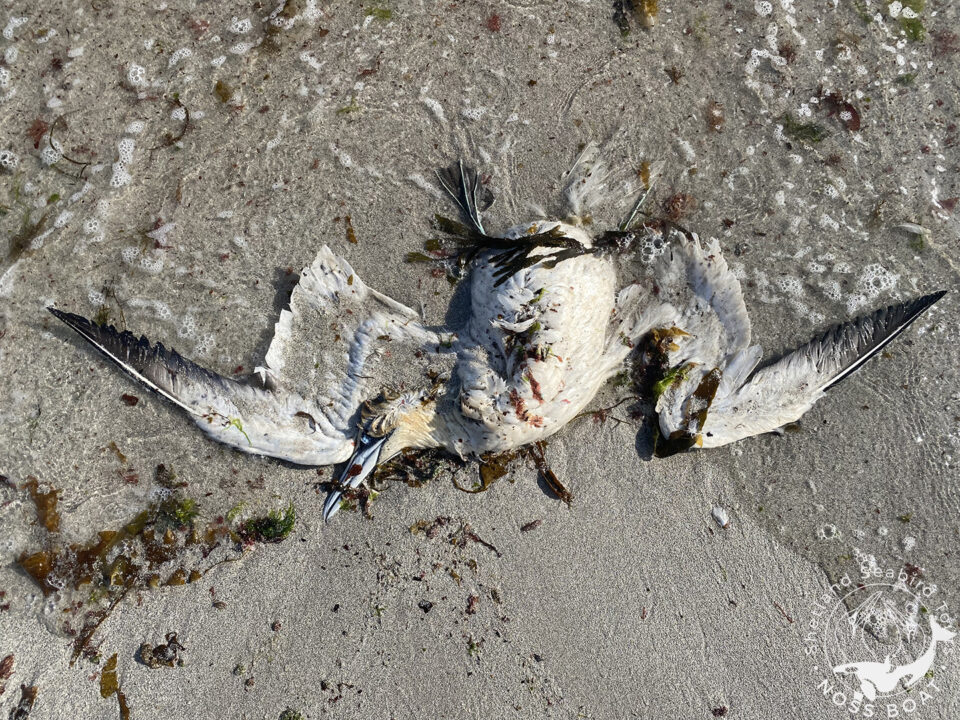
Check out this worrying development, with Mark Avery reporting on avian flu working its way through the Roseate Terns at Coquet Island….posted today 1st July 2022.
Concern is mounting for seabirds on RSPB Coquet Island in Northumberland, the UK’s only roseate tern breeding colony, and across the UK, following confirmed cases of Avian Influenza.
https://markavery.info/2022/07/01/rspb-press-release-roseate-terns-and-avian-poultry-flu/
Another article today from a different perspective…interesting figures and suggestions for reducing the mortality costs within the poultry industry.
Our friends in the Netherlands are faring no better…..see here the obliteration of a Sandwich Tern colony this spring, just one example of the devastating impact this epidemic is having over there…….
https://www.dutchnews.nl/news/2022/06/largest-sandwich-tern-colony-on-texel-wiped-out-by-bird-flu/
This post is correct to the best of our knowledge, please do get in touch with us if you would like to point us to further details or highlight any areas missed ……
Rebecca Nason 1st July 2022


